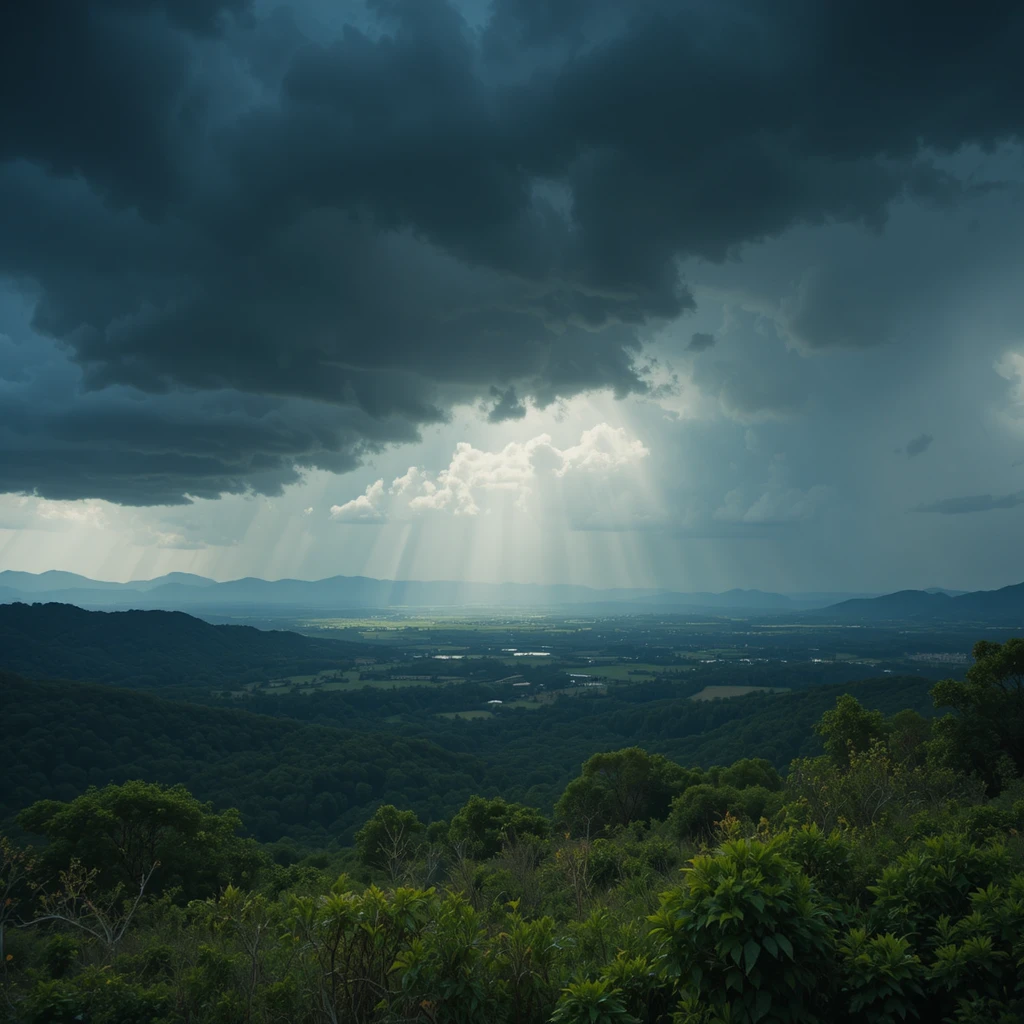A Readers Guide
The rise of cli-fi and its transformation of speculative storytelling
By Joey Stardust | Lurking Fear Publishing
Science fiction has always been a mirror held up to society’s greatest hopes and fears. From alien invasions to robot uprisings, the genre has explored countless scenarios of transformation and catastrophe. But in recent years, a subgenre has emerged from the margins to fundamentally reshape how we think about science fiction itself: climate fiction, or “cli-fi.”

From Background to Center Stage
For decades, environmental collapse served as mere set dressing in post-apocalyptic tales—a convenient explanation for why society crumbled before the real story began. Climate change was the backdrop, not the plot. But cli-fi has moved ecological disaster from the wings to center stage, making humanity’s relationship with the planet the primary narrative focus.
This shift reflects our present reality. As climate change transitions from abstract future threat to lived experience, science fiction has responded by making environmental themes central rather than peripheral. The result is a subgenre that feels less like escapist fantasy and more like urgent, extrapolated journalism.
Redefining the Apocalypse
Traditional science fiction apocalypses arrived suddenly—nuclear war, asteroid impact, alien invasion. They were dramatic, discrete events with clear before-and-after moments. Climate fiction, however, deals with something far more insidious: the slow apocalypse.
Cli-fi narratives often unfold across generations, depicting societies adapting to incremental degradation. There’s no single moment when the world ends; instead, there’s a gradual narrowing of possibilities, a slow-motion catastrophe that’s already underway. This temporal structure has pushed science fiction writers to develop new narrative techniques for depicting change that occurs across decades rather than days.
From Dystopia to Survival
Where cyberpunk gave us neon-soaked corporate dystopias and space opera offered galactic empires, climate fiction presents scenarios that feel uncomfortably plausible. Rising seas, resource wars, mass migration, ecosystem collapse—these aren’t distant fears but extrapolations of current trends.
Yet cli-fi isn’t purely pessimistic. Many climate fiction narratives focus on adaptation, resilience, and community-building in the face of ecological catastrophe. They explore how humans might reorganize society around sustainability, what technologies might help us mitigate damage, and how communities survive when systems fail. This has introduced a strand of cautious optimism—or at least pragmatic problem-solving—into a genre often dominated by either utopian fantasy or dystopian despair.
New Protagonists, New Politics
Climate fiction has also diversified science fiction’s cast of characters. Rather than focusing solely on scientists, astronauts, or tech entrepreneurs, cli-fi often centers ordinary people—farmers, refugees, community organizers—whose lives are directly impacted by environmental change.
This democratization of protagonists has brought new perspectives into science fiction, particularly voices from the Global South and indigenous communities who have been experiencing climate impacts for generations. The genre has become less about individual heroes saving the world and more about collective action, mutual aid, and the politics of survival.
Blurring Genre Boundaries
Perhaps most significantly, climate fiction has made science fiction more permeable to other genres. Cli-fi incorporates elements of literary fiction, political thriller, horror, and social realism in ways that challenge traditional sci-fi conventions.
The horror elements deserve particular attention. Climate fiction has reintroduced a sense of dread and inevitability that feels distinctly Gothic—the past haunting the present, sins coming home to roost, a world transforming into something hostile and unrecognizable. At Lurking Fear Publishing, we’ve seen how effectively cli-fi blends speculative and horror elements, creating stories where the monster is systemic and the call is coming from inside the house of civilization itself.
The New Baseline
Climate fiction isn’t just a subgenre anymore—it’s becoming the default setting for near-future science fiction. Writers can no longer depict futures without accounting for environmental transformation. Even stories primarily about AI, space exploration, or biotechnology now unfold against backdrops shaped by climate change.
This has made science fiction more grounded, more political, and arguably more relevant than ever. The genre that once looked to the stars is now looking at the soil beneath our feet, the air we breathe, and the systems we’ve built that threaten to collapse around us.
Writing in the Age of Climate Fiction
For writers working in science fiction today, climate considerations have become as fundamental as world-building itself. The question isn’t whether climate change will appear in your story, but how it has shaped your fictional world. Even optimistic futures must reckon with how humanity navigated (or is navigating) this crisis.
This creates both challenges and opportunities. The challenge is avoiding despair and cliché in a subgenre where the stakes are literally planetary. The opportunity is to imagine not just catastrophes but solutions, not just collapse but transformation, not just endings but new beginnings.
Climate fiction represents science fiction growing up, confronting the consequences of the technological optimism that once defined the genre. It’s speculative fiction that hits closer to home—sometimes uncomfortably close. But in that discomfort lies the genre’s power: to help us imagine futures worth fighting for and avoid those worth preventing.
The reshaping of science fiction narratives through cli-fi isn’t just a literary trend—it’s the genre responding to the defining challenge of our era. And like all good science fiction, it asks us to consider not just what might happen, but what we might do about it.
Joey Stardust is an author at Lurking Fear Publishing, exploring the intersections of science fiction, horror, and speculative storytelling. Visit us at www.lurkingfear.com for more insights on sci-fi, horror, gaming, and beyond.
Lurking Fear Publishing
52 Prospect, Apartment 6
Neo Tokyo

